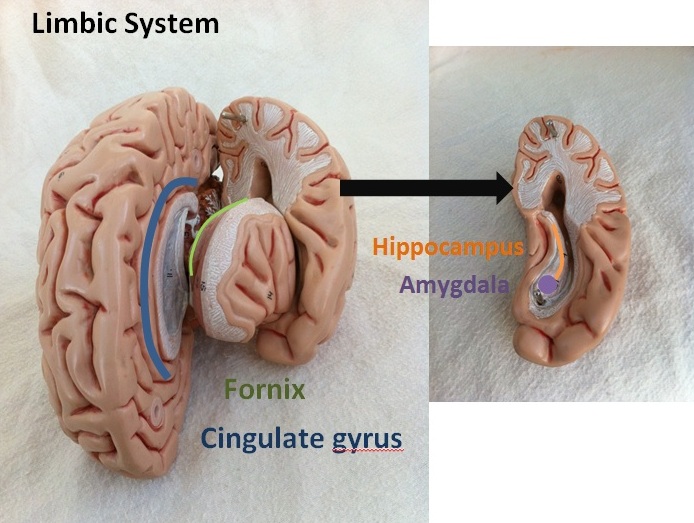How Does the Social Brain Develop?
Different parts of the brain often develop at different times during development. Like detectives, scientists can use this fact to decipher when developmental problems occur. Areas involved in breathing or the simple processing of sensory information from our eyes, ears, and skin, for example, develop before the more complex cortical association areas involved in language or social processing.

Parts of the social brain, including limbic system nuclei like the amygdala, develop at different rates. These regions need social stimulation in the first few years of life to develop normally.1
Social behavior, such as attachment and language, develops within critical periods of development. Critical periods are times in development when the brain is particularly sensitive to social or physical environmental influences. 2 The critical period for learning how to discriminate phonemes in language and process facial emotions is less than 3 years. (A phoneme is the smallest distinct unit of language, such as the “m” of “mat” and the “b” of “bat” in English.) At the beginning of life, babies can hear phonemes from all languages; by year 1, they can only hear phonemes from their own language. By 6-12 months, babies prefer social stimuli (faces, voices, and people) to objects. If the child doesn’t gain experience during this time, or enjoy interacting verbally or nonverbally with others, that can affect his or her social skills later.2 Basic social skills are acquired early in life that provide the building blocks for more complex social abilities later.3
| References: |
|

